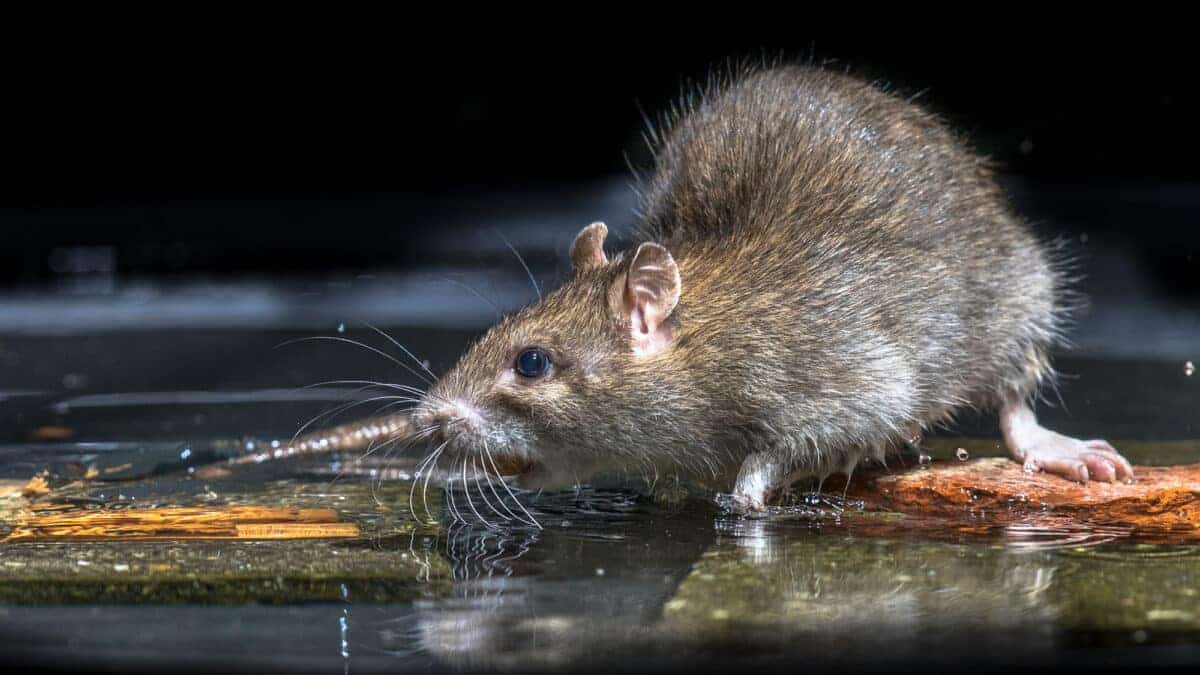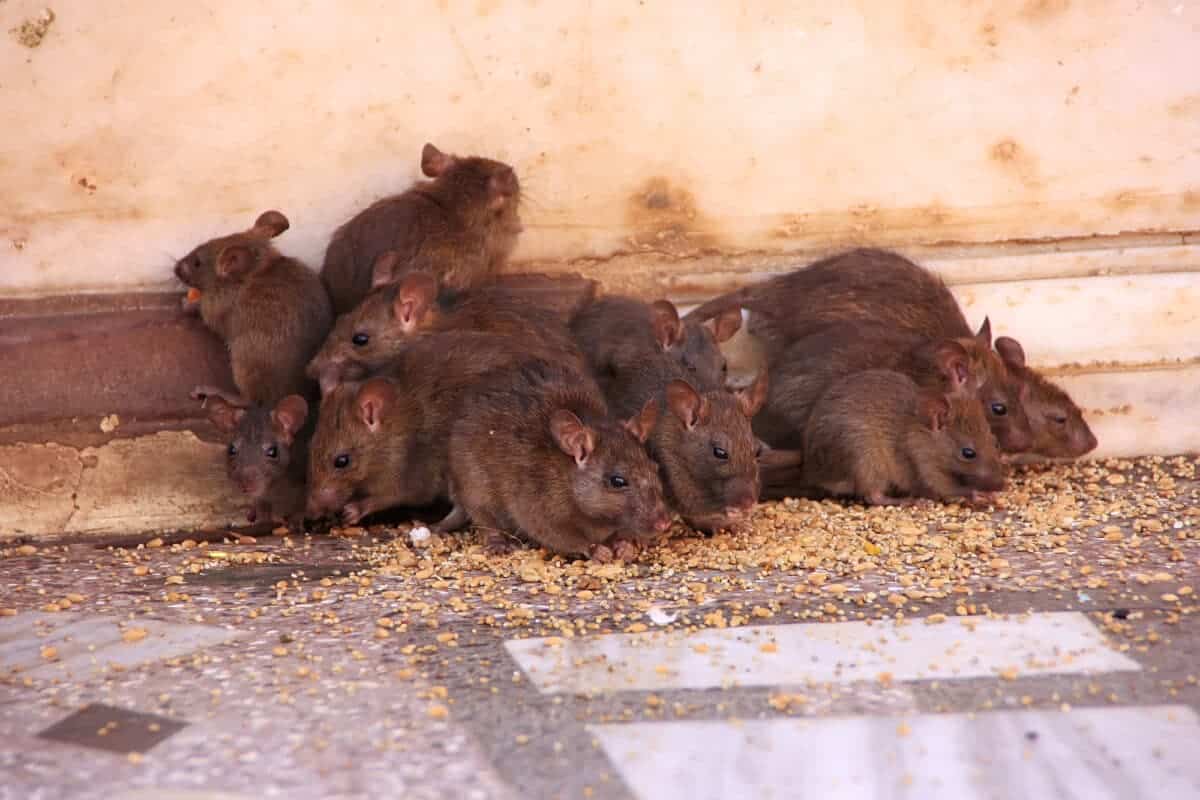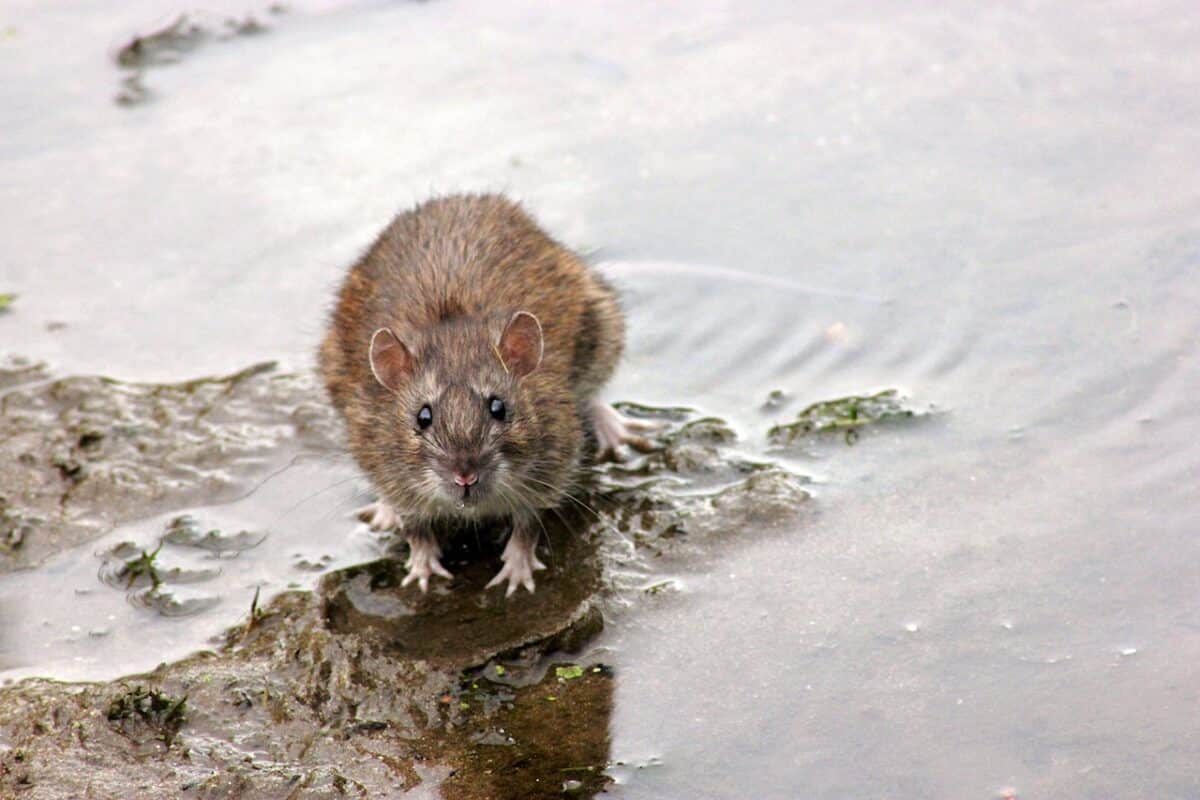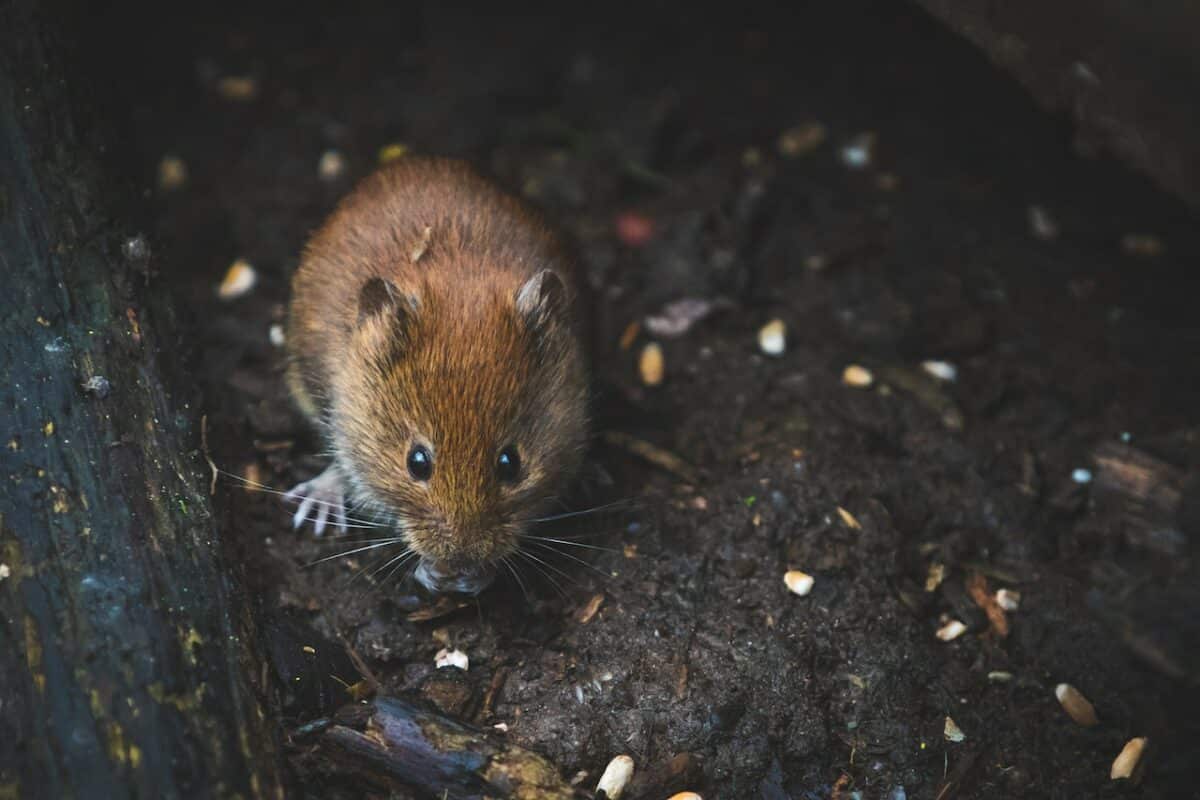The hustling and bustling city of New York is known as the city of dreams, but even this breathtaking city has a downside: we’re going examine it’s subway’s rat population.

When most people think of New York City, they often picture the bright lights, busy streets, and towering skyscrapers of Manhattan – but something far less glamorous lurks beneath it all. One creature has become an infamous inhabitant of the Big Apple: the subway rat.
From stories shared by native New Yorkers to global news reports, these pesky critters have become a symbol of one of America’s oldest and largest rapid transit systems – but do we know anything about them?
In this guideline, we’ll unearth the reality behind NYC’s subway rats. Where did they come from, why are there so many of them living in the tunnels below our feet, and how can you protect yourself when you come across one?
Key Points
- Subway rats of New York City thrive in the unique underground environment, sparking fascination and controversy.
- These rats display intelligence, adaptability, and impressive climbing abilities.
- The New York City subway is home to two common rat types: brown (Norway) rats and black rats.
- Rats can transmit diseases through contact with their urine, feces, and saliva, underscoring the need for sanitation and pest control.
- Preventive measures include sealing entry points, proper food storage, and regular cleaning.
- Managing rat infestations in an eco-friendly manner involves humane trapping methods, sealing entry points, and using natural repellents.
Introducing the Subway Rats of New York City

New York City is famous for many things, but one of the most unusual is its thriving community of subway rats. These rats are unlike any others in the world, perfectly adapted to life in the city’s vast network of underground tunnels and stations. As fascinating as they are, these furry little creatures are also controversial, with some calling for their removal.
On the other hand, some individuals contend that subway rats play a crucial role in the city’s ecosystem. Regardless of where you stand on the issue, there’s no denying that the subway rats of New York City are a unique and fascinating phenomenon that deserves to be studied and appreciated.
History of the Subway Rats of New York City

The history of rats in New York City is intertwined with the development of the subway system. When the first subway line was built in 1904, it inadvertently created a new haven for rats. Before the subway, the city’s rats mainly resided in docks and piers.
However, with the subway’s construction and subsequent expansion, rats found a new habitat to exploit. The underground tunnels and stations of the subway system offer a conducive environment for rats to thrive. The subway provides an abundant supply of food, water, and shelter, making it an ideal home for these resilient rodents.
Consequently, the subway has become a significant factor contributing to the rat population in New York City.
Behaviors
Subway rats are known for their remarkable intelligence and adaptability, as they have evolved specific behaviors to thrive in the subterranean environment.
These rodents possess a keen sense of smell, allowing them to detect food sources from a considerable distance.
In addition, they exhibit impressive climbing abilities, effortlessly navigating walls and ceilings. While subway rats are primarily active at night, they are frequently observed during daylight hours.
Types
Two types of rats are commonly found in the New York City subway – brown and black.
- Brown rats, also known as Norway rats, are larger and more prevalent than other rat species. They typically have a lifespan of up to three years.
- Black rats are smaller and less common, with a lifespan of up to two years.
Both subway rats and pigeons are carriers of diseases, highlighting the significance of exercising caution when encountering them within the subway system.
The subway rats of New York City are a fascinating and adaptable species that have made the underground transit system their home. By understanding their history, behaviors, and types, we can better protect ourselves and appreciate their place in the city’s ecosystem.
Exploring the Environmental Causes of the Rat Infestation in NYC’s Underground

New York City’s underground is an intricate maze of tunnels and subways that serves as crucial transport to the city’s inhabitants. As New York City has expanded, the rat population inhabiting the underground has also increased.
While rat infestations are a common problem many cities face, New York’s underground is particularly vulnerable due to environmental factors. The underground’s warm, dark, and humid conditions provide the perfect breeding ground for rats.
In addition, the vast amount of food waste generated by the city’s restaurants and street vendors attracts rats to the subways and tunnels. Identifying and addressing these environmental causes is crucial to reducing the city’s underground rat population and ensuring its residents’ and visitors’ safety and hygiene.
Check out Anti-rat activist hired to control New York City’s pest population.
Common Misconceptions About Rats and Why They Are Helpful To Humans

Despite being commonly associated with filth and disease, rats are helpful to humans in various ways. In New York City, where the rat population is quite significant, many people believe these rodents are pests that cause more harm than good.
However, researchers have debunked several misconceptions about rats. For one, they are not always carriers of diseases, and only a handful of species harm humans. Rats are also known to be excellent scavengers. Consequently, their presence helps maintain the city’s cleanliness by consuming large amounts of garbage.
Additionally, rats play a crucial role in various ecosystems, making them an essential part of the food chain. Despite their negative reputation, rats should be recognized for contributing to our environment and society.
Health Hazards Associated with Human-Rat Interactions

New York City is an exciting place with an abundance of culture, food, and entertainment. However, along with the hustle and bustle, there are instances where the city’s rodent population presents health risks to humans.
Rats are known carriers of diseases such as leptospirosis, rat-bite fever, and salmonella, among others. These diseases can be contracted through contact with rat urine, feces, and saliva. To prevent the spread of these illnesses, it is important to understand the health hazards associated with the interaction between humans and rats.
Proper sanitation, construction, and pest control measures are key to minimizing the risk of exposure. By being aware of the dangers posed by rats and taking necessary precautions you can ensure our health and safety in the city that never sleeps.
How To Prevent Rat Infestations Around Your Home Or Business

Rats are a common problem in New York City due to its crowded and urban environment. As we’ve established, these pests can cause damage to property, spread harmful diseases, and decrease overall cleanliness. It’s important to take preventative measures to keep your home or business free from rat infestations.
Some ways to do this include:
- Sealing cracks or holes in the walls.
- Keeping food properly stored and packed away.
- Eliminating potential nesting sites like cluttered areas or overgrown vegetation.
- Regularly cleaning up any trash or debris around your property.
By taking these steps, you can effectively prevent rat infestations around your home or business and maintain a safe and clean environment.
Tips For Dealing With a Rat Problem – Humane Ways to Trap and Remove Them
Living in a bustling city like New York means sharing the urban landscape with various creatures, including rats. While no one wants to deal with a rat infestation, handling the issue humanely is important. One option for trapping and removing rats includes using a live trap with a one-way door to ensure that the rodents are caught safely and remain unharmed. Sealing off any potential entry points around your home or building is crucial to prevent further rats from entering.
Additionally, consider using natural repellents like peppermint or mothballs in affected areas to deter rats from returning. These tips can help manage and resolve a rat problem in an effective and eco-friendly way.
You might also enjoy – how you can kill rats with salt.
Wrapping Up

The presence of rats in New York City is not new and has probably been going on since the city started – or at least since the subway was founded. It has become a symbol of one of America’s oldest rapid transit systems and will likely be around for years. Although they may be hard to eliminate, knowing how to protect yourself when you come across one is important.
There are four main ways to do this: discouraging them from taking residence near your home or office, monitoring your environment for any rat activity, safely disposing of food waste to remove sources of attraction, and acquiring professional help if needed.
Regardless of how long rats have been part of New York City’s heritage, learning how to coexist with them is still essential – so equip yourself with the knowledge and tools necessary for living harmoniously alongside these creatures!
Thank you for reading this article! Jump on the rodent train and learn more about the iconic and adorable capybara or click here if you’ve ever wondered what groundhogs eat.
Join our Forum for free today!


